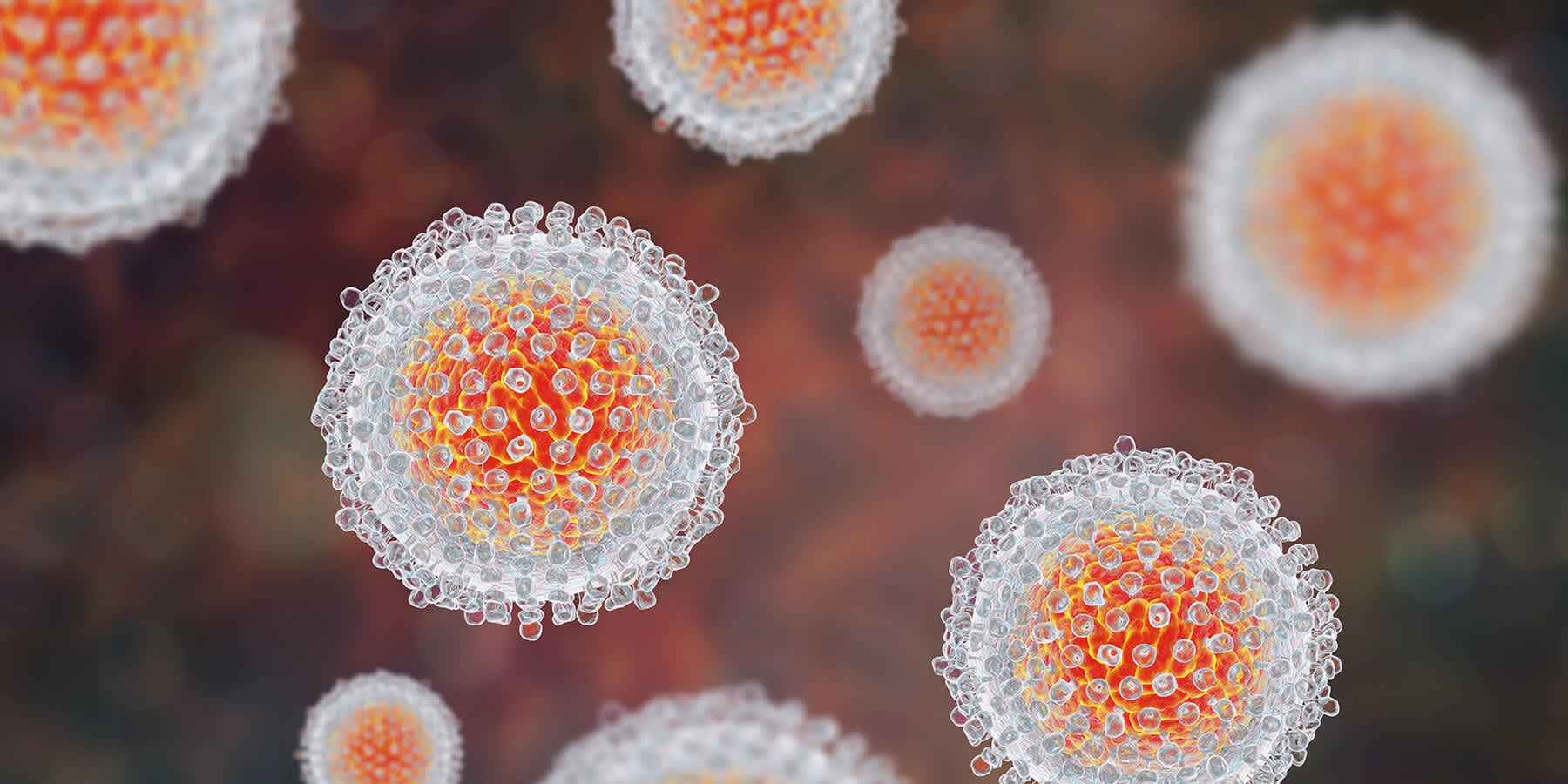
Is there a cure for HIV/AIDS?
Written on March 7, 2023 by Gillian (Gigi) Singer, MPH, Sexuality Educator & Certified Sexologist. To give you technically accurate, evidence-based information, content published on the Everlywell blog is reviewed by credentialed professionals with expertise in medical and bioscience fields.
Table of contents
- HIV and AIDS explained
- Undetectable = untransmittable
- PrEP
- PEP
- Current advancements in finding a cure
- Related content
You may be wondering, is there a cure for HIV/AIDS? As of right now, there is no cure for human immunodeficiency virus (HIV) and acquired immunodeficiency syndrome (AIDS). However, certain treatments make HIV untransmittable, prevent its progression, and prevent the transmission/contraction of HIV before or after exposure. Additionally, there is promising research that will hopefully lead to a cure for HIV and AIDS.
People diagnosed with HIV can go on live happy, long lives while protecting their sexual partners [1].
HIV and AIDS explained
The Mayo Clinic reports: “HIV is a sexually transmitted infection (STI). It can also be spread by contact with infected blood and from illicit injection drug use or sharing needles. It can also be spread from mother to child during pregnancy, childbirth, or breastfeeding” [2].
AIDS describes the virus in its advanced form when the immune system has been severely damaged. AIDS is the result of untreated HIV.
Undetectable = untransmittable
If you are HIV-positive and undergo consistent antiretroviral therapy (ART) as prescribed by your healthcare provider, you can get to a point where your viral load of HIV is no longer detectable. If the virus is not undetectable, you cannot sexually transmit the virus to anyone who is HIV-negative [3].
Dr. Anthony Fauci, M.D. (physician, scientist, immunologist, and former Chief Medical Advisor to the President of the United States) said, “The success of this HIV prevention strategy is contingent on achieving and maintaining an undetectable viral load—the amount of HIV genetic material in the blood—by taking medication to treat HIV daily as directed” [3].
PrEP
Pre-exposure prophylaxis (PrEP) is treatment in the form of a pill or a shot that is taken as a preventative measure to reduce “your chances of getting HIV from sex or injection drug use. When taken as prescribed, PrEP is highly effective for preventing HIV” [4].
There are three options [4]:
- Truvada: best for people who are at risk of infection via sex or injection drug use
- Descovy: best for people who are assigned male at birth who are at risk of infection via sex
- Apretude: is a shot that is best for people who are at risk of infection via sex and weigh more than seventy-seven pounds
If you are interested in taking PrEP, know that you will have regular follow-up visits, HIV tests, and prescription refills or shots.
PEP
Post-exposure prophylaxis (PEP) is a prescription medication that is taken after a potential exposure to HIV during sex, through sharing needles/syringes/other equipment to inject drugs, or if you’ve been sexually assaulted. It is a 28-day course of treatment that requires consistency [5].
The sooner you take PEP after a potential or known exposure to HIV, the better. The CDC says, “Every hour counts” [5].
Current advancements in finding a cure
In mid-February of 2023, researchers announced that the fifth person ever, a 53-year-old German man, was cured of HIV [6]. He has been off of treatment for four years and has no detectable HIV in his body, showing that this isn’t just a long-term remission.
This cure, however, has a long way to go before it could ever be offered on a larger scale—it is currently trialed only on cancer patients with no other options, and stem cell transplants are a high-risk procedure that essentially replaces a person’s immune system. The goal in these cases was to cure the patients’ cancer, but it has also resulted in curing HIV in now five people.
The science behind this cure
Stem cells are taken from person A and given to infected person B. Person A must have a genetic mutation that deletes the CCR5-delta32 protein, or the protein that would normally serve as a biological “gateway” for HIV to enter the body. Only about 1% of the entire population carries the required two copies of this genetic mutation, which leaves them immune to smallpox and the bubonic plague and resistant to HIV [7]. Racial background is a determinant of this mutation: Within the United States, Canada, and Australia, the frequency is 8% to 10% within the Caucasian background individuals, but less than 1% in the Afro-American populations. There is also a very low frequency of the mutation among the population in eastern Asia but much higher towards western Asia” [7].
Related content
When do symptoms of STDs start?
STD testing for seniors: what you need to know
References
- About HIV/AIDS. Centers for Disease Control and Prevention. URL. Published June 30, 2022. Accessed February 27, 2023.
- HIV/AIDS. Mayo Clinic. URL. Published July 29, 2022. Accessed February 27, 2023.
- HIV undetectable=untransmittable (U=U), or treatment as prevention. National Institute of Allergy and Infectious Diseases. URL. Accessed February 27, 2023.
- PrEP. Centers for Disease Control and Prevention. URL. Published June 3, 2022. Accessed February 27, 2023.
- PEP. Centers for Disease Control and Prevention. URL. Published May 25, 2021. Accessed February 27, 2023.
- Jensen B-EO, Knops E, Cords L, et al. In-depth virological and immunological characterization of HIV-1 cure after CCR5Δ32/Δ32 allogeneic hematopoietic stem cell transplantation. Nature News. URL. Published February 20, 2023. Accessed February 27, 2023.
- What is CCR5 Delta32? Palfir Genetics. URL. Accessed February 27, 2023.
